Slobot About Town CXXXII:
 |
 |
Slobot visits the Historic Homes of Spartanburg, pt. 6!
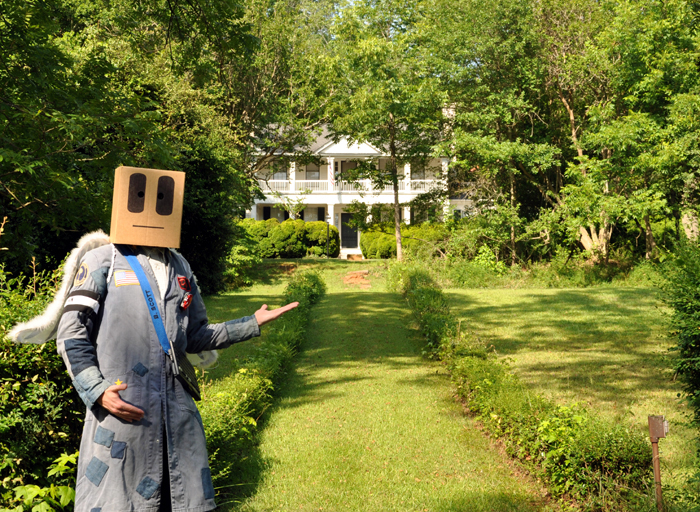
Slobot was strolling about Pauline, SC when he stumbled upon this Antebellum beauty.
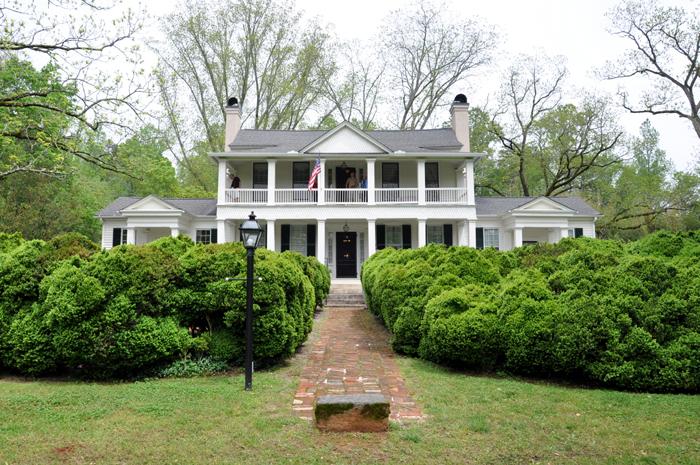
Her name is Camp Hill, and she gets her name thanks to something that happened here during the Revolution.
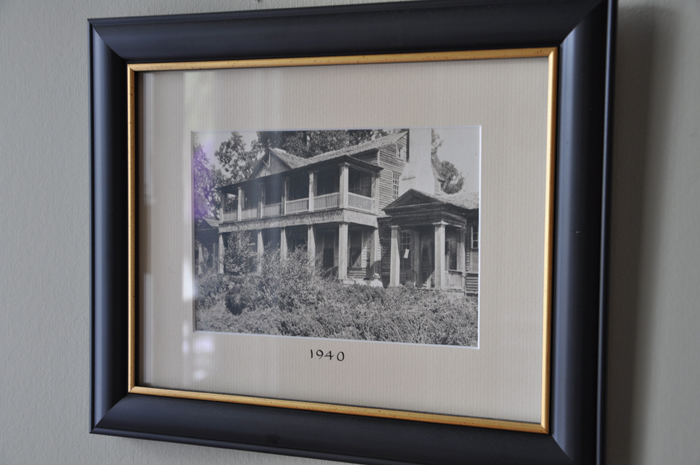
British Army Major Patrick Ferguson and his Tory militia would camp at the site before the October 17, 1780 Battle of Kings Mountain. |
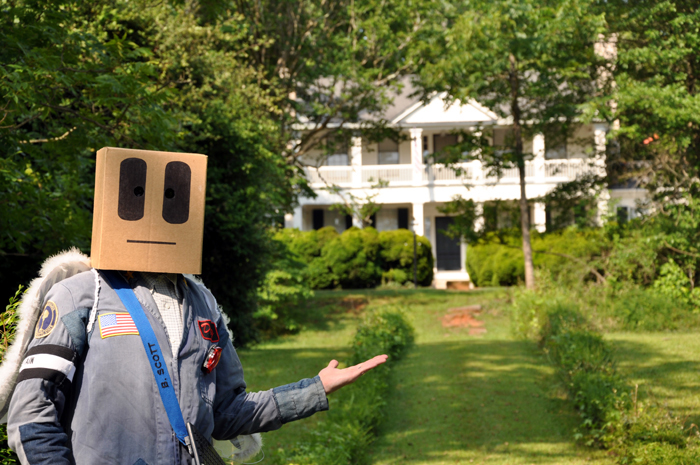
Dr. John Christopher Winsmith built Camp Hill in ~1835.
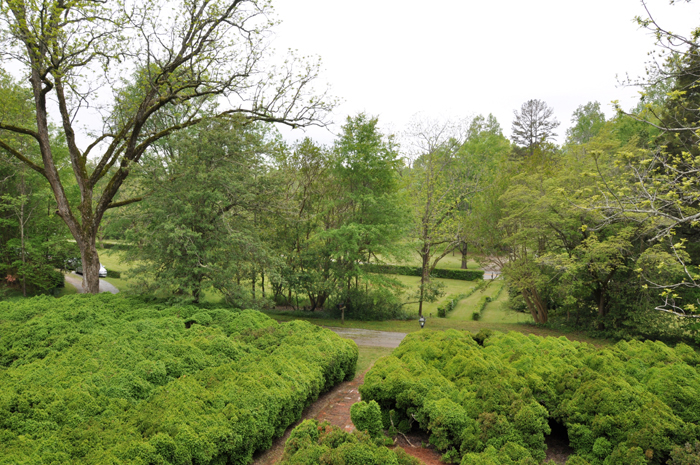
180-year-old English Boxwood trees greet visitors to Camp Hill. These trees are said to have been a gift from Dr. Winsmith to his wife, Catherine. |
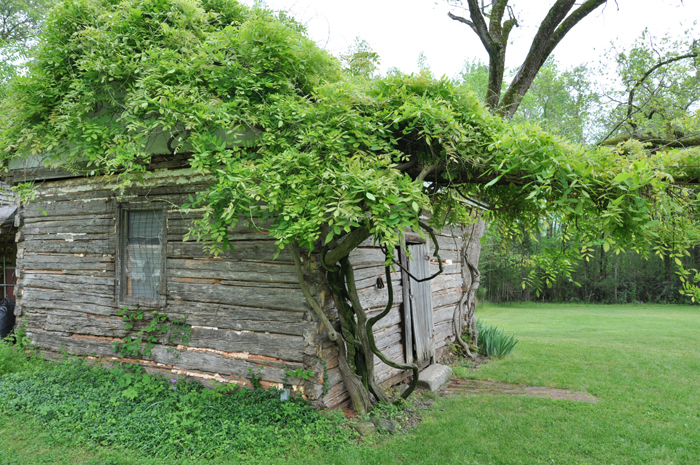
Dr. Winsmith (born Winn Smith) was, along with his neighbors the Zimmermans, one of the largest slave holders in the county. |
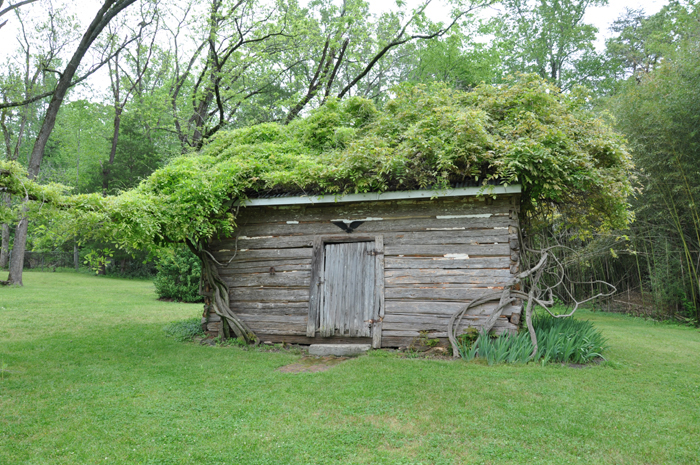
His slaves, at one point, numbered near 99. To house those slaves, there once stood a dozen slave cabins.
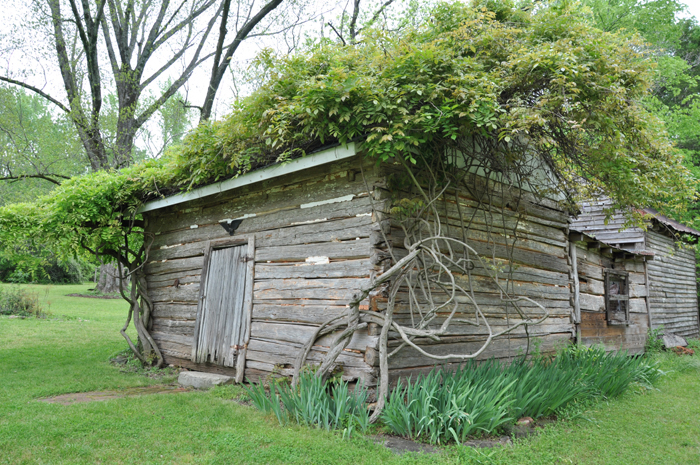
Today but one of the cabins still stands, or molders, behind the house.
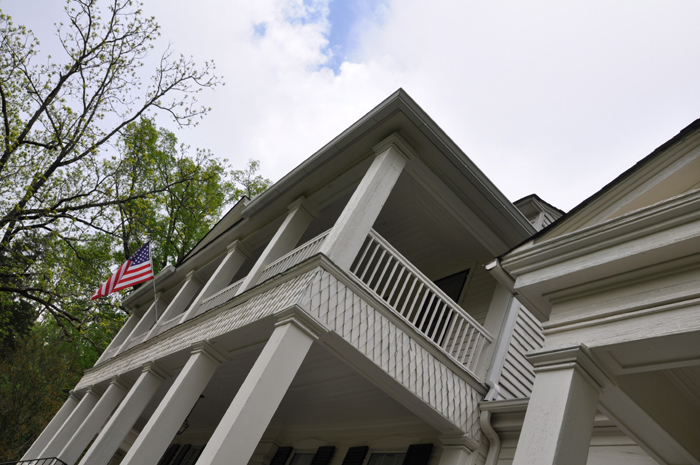
Camp Hill's distinctive fish scales were added in 1850.
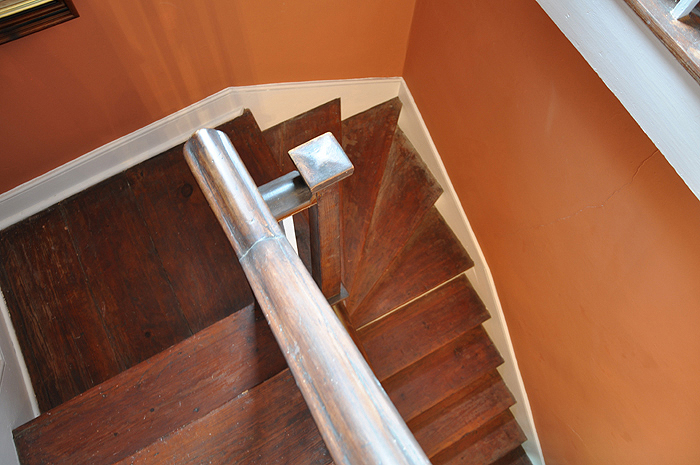
Slobot explored the home of Dr. Winsmith and, in doing so, learned a bit about the man himself. Winsmith, Slobot learned, had served in the state legislature both before and after the Civil War and, by 1871, was the largest landowner in Spartanburg County. |
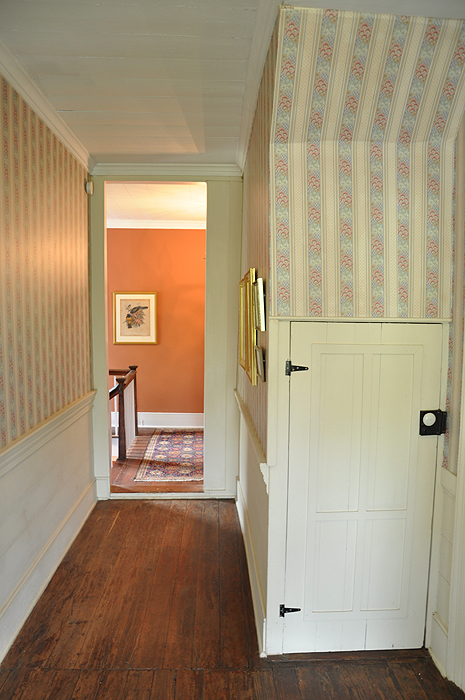
Going into the Civil War, Winsmith was a pro-secession Democrat but switched party loyalties in the postbellum Reconstruction. |
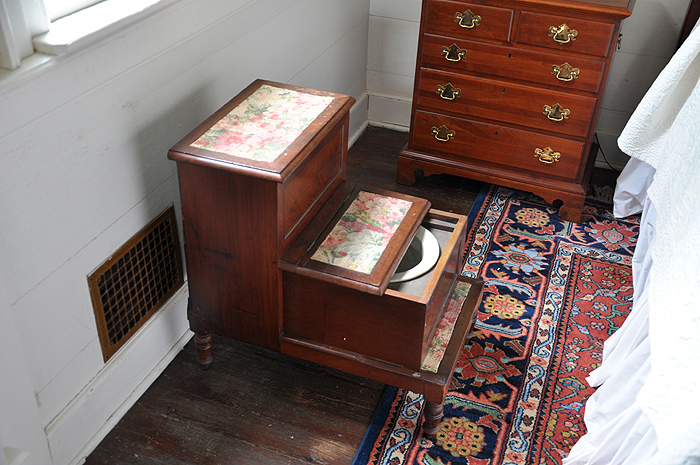
One night in ~1870 a 68-year-old Dr. Winsmith found himself the host to some unwelcome guests - the Ku Klux Klan! A gunfight ensued, and Dr. Winsmith managed to come out of it alive, though wounded. |
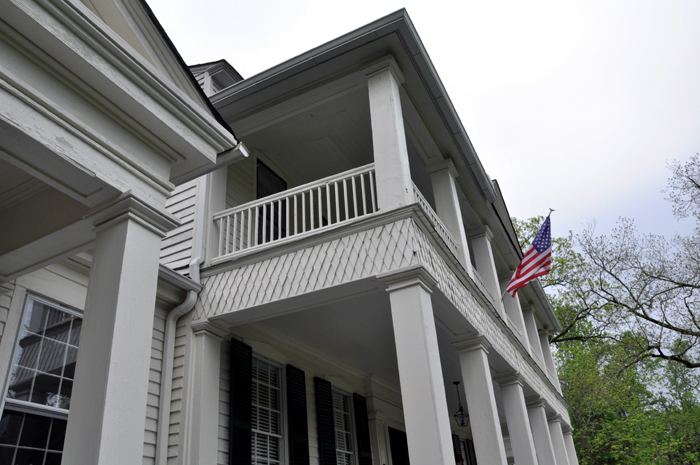
In 1882 the house would pass to Confederate Veteran Elias Stanford Smith, whose family, some six generations on, still resides in the house. Dr. Clifton Smith lived in the house from 1881 to 1961. Dr. Smith’s sister was S.T.D. Lancaster. One Smith family member, Ada Poole Smith, grew up in the house. She would later marry Dr. Samuel Theron DeJarnette Lancaster and move to Foster’s Tavern, which Slobot will explore in the next episode.. |
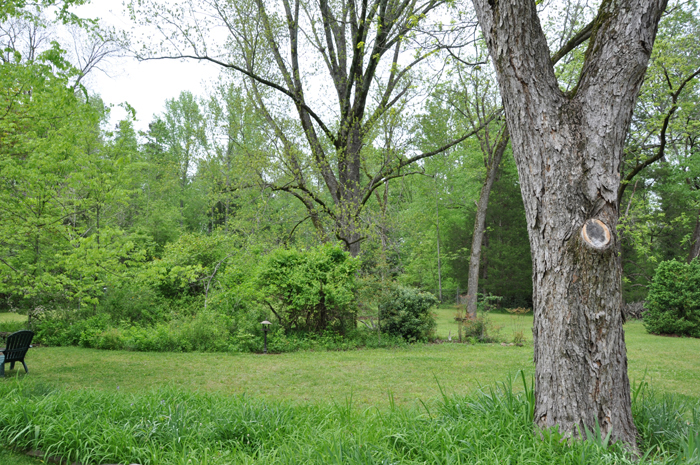
Camp Hill's original kitchen, which once stood approximately here in the yard behind the house, would burn in 1900.
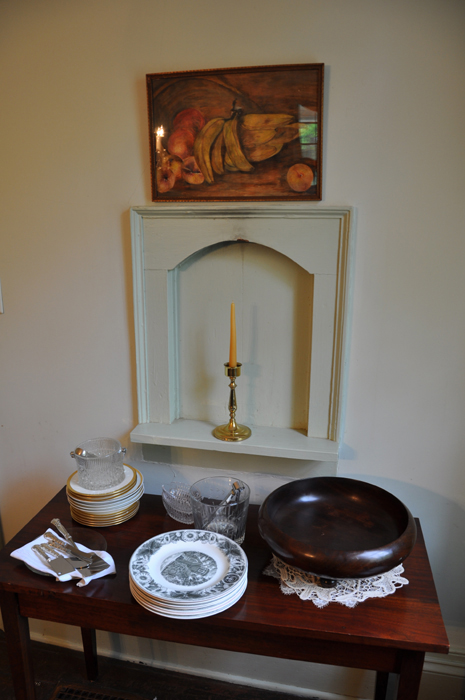
When the kitchen still stood, food would be passed into the house via this now enclosed window.
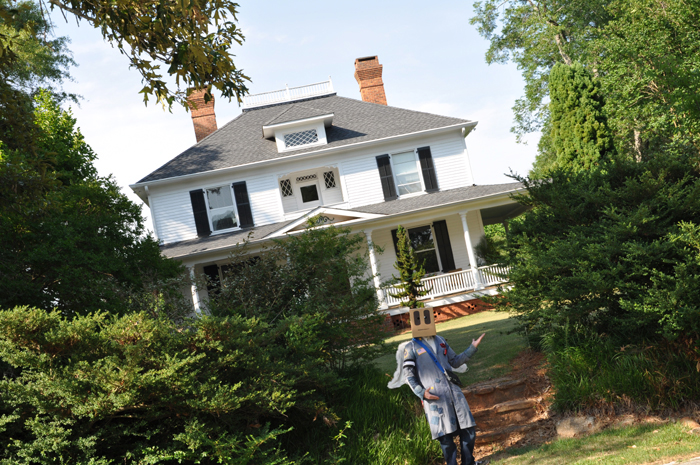
Not far from Camp Hill stands another historic house, the Moretz House. The Moretz House was built by Paul C. Simpson in the first decade of the 20th century. |
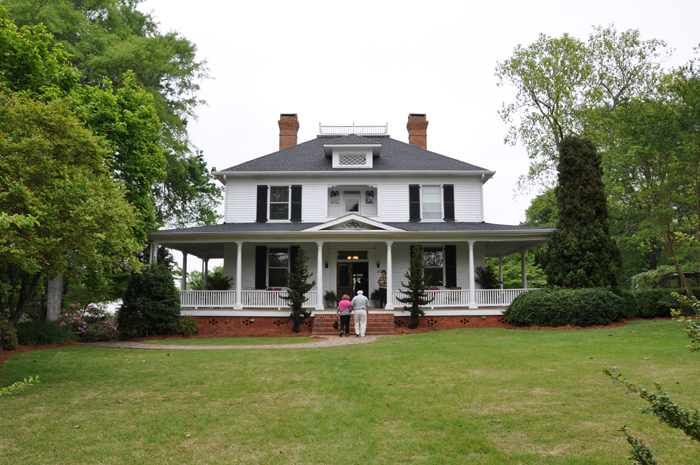
Paul C. Simpson was proprietor of the Glenn Springs Hotel. After the death of Paul Simpson and his widow, Floride Cates Simpson, the house would pass into possession of the Calvary Episcopal Church and then on to the Lancaster family. Then, in 1979, the Sears family would purchase the home and spend the next quarter century remodeling the home. Since 2003 the house has been owned and occupied by Drs. Melinda and Rick Moretz. |
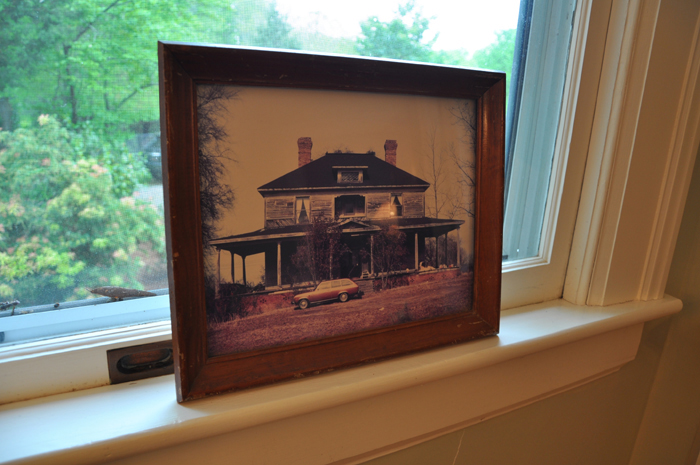
Here we see the Moretz home in its unrestored, 1978 state.
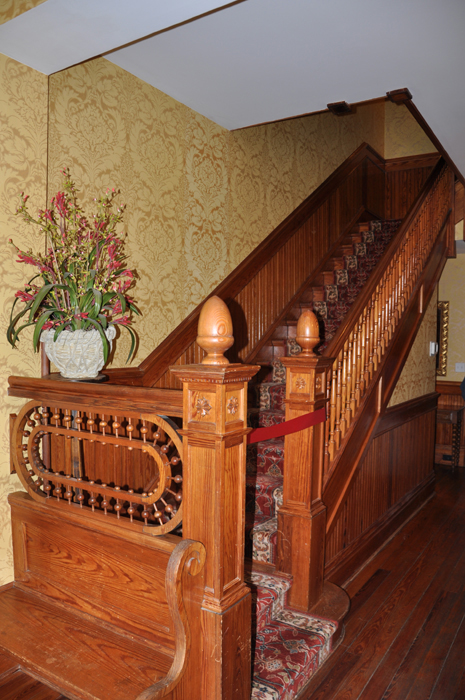
A grand staircase greats visitors to the Moretz home.
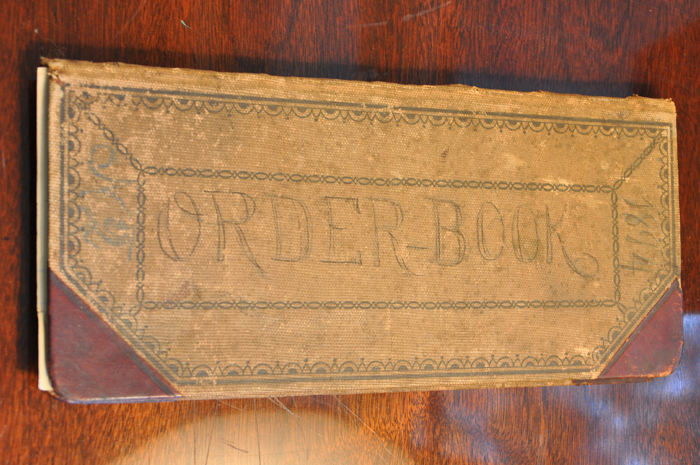
On display are artifacts from the Glenn Springs Hotel and from the Glenn Springs Mineral Water Company.
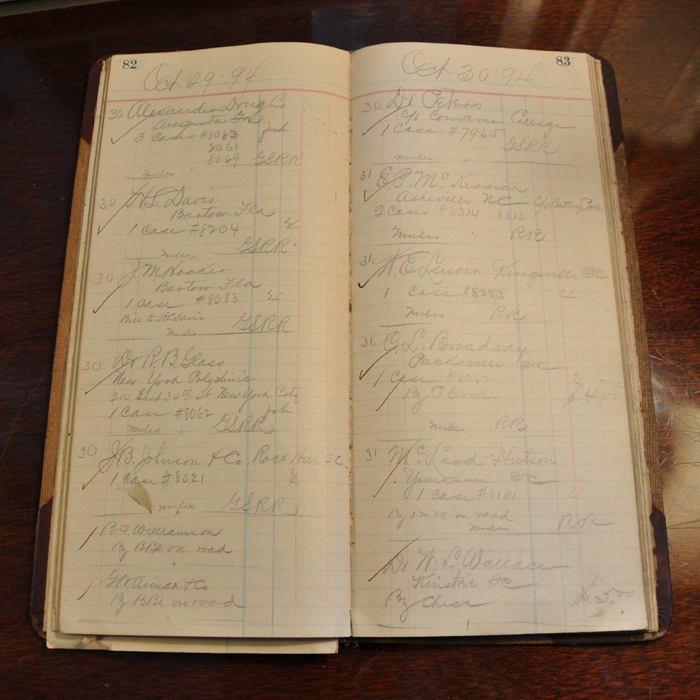
One of those things on display is a book of bottled water orders. This particular set of pages is dated October 29, 1894. |
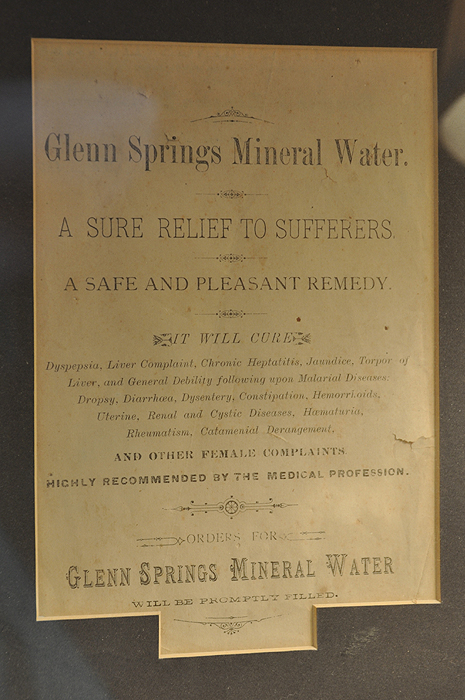
Glenn Springs Mineral Water was touted as a cure for "dyspepsia, liver complaint, Chronic Hepatitis, Jaundice, Torpor of the Liver, and General Debility following upon Malarial Diseases, Dropsy, Diarrhea, Dysentery, Constipation, Hemorrhoids, Uterine, Renal and Cystic Diseases, Haematuria, Rheumatism, Catamenial Derangement, and other Female Complaints." |
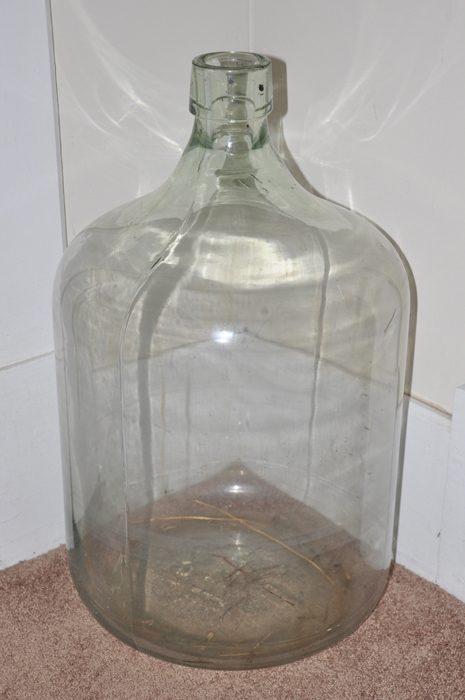
Glenn Springs Mineral Water came in a variety of sizes, from this carboy...
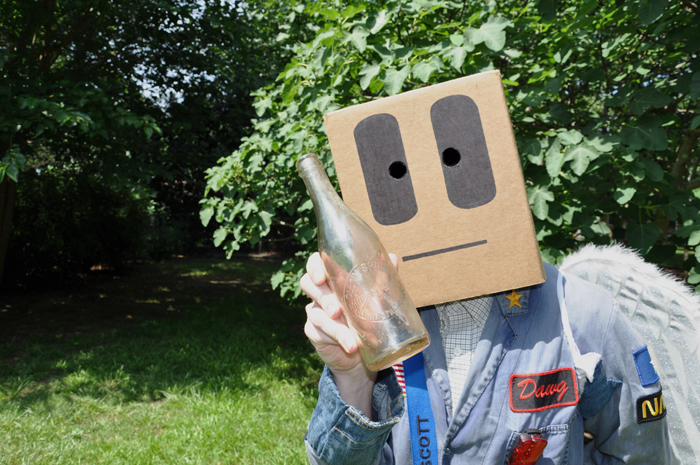
to this 14 ounce bottle.
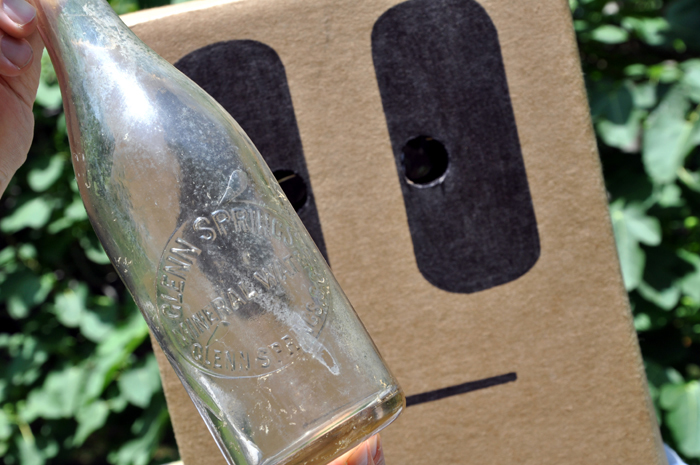
Slobot always drank his Glenn Springs water from one of these bottles.
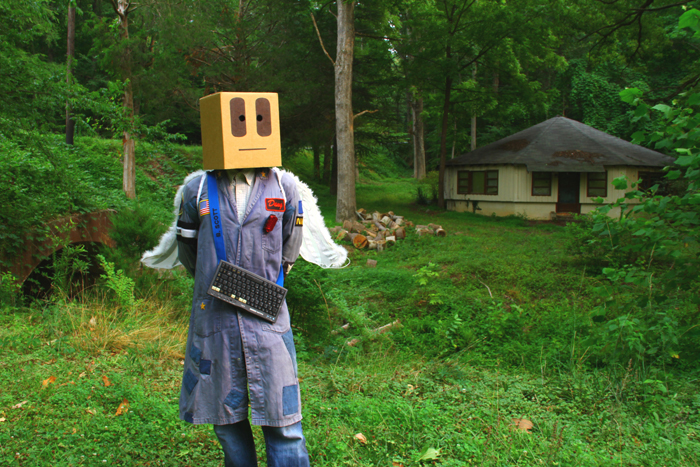
That bottle, like the carboy before it, was filled with Glenn Springs water here...
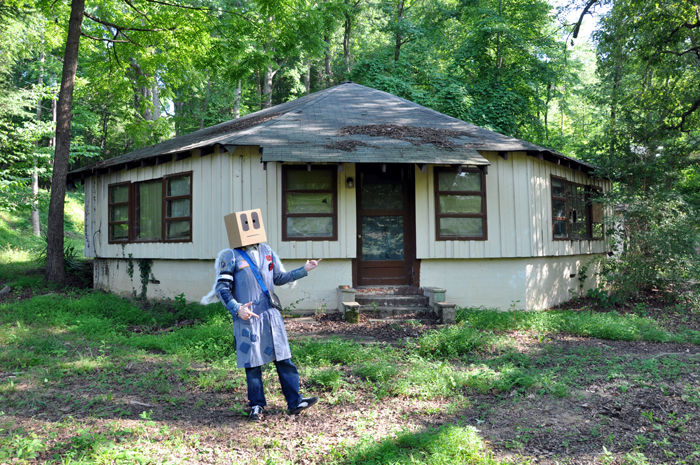
at the Glenn Springs Pavilion and mineral spring site!
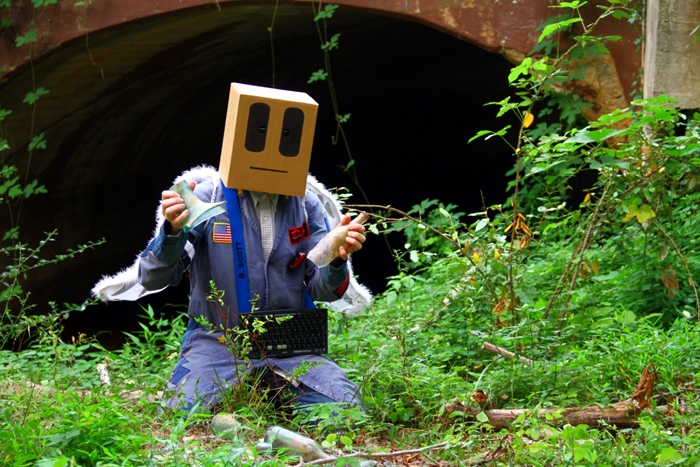
Scattered about the old pavilion are the shattered remains...

of old carboys and 14 ounce bottles. |
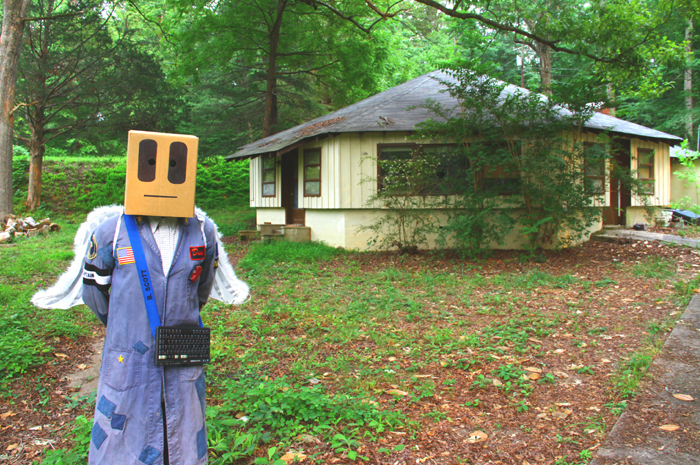
In later years the pavilion would be enclosed and used as part of the Spartanburg Boys Home. The Spartanburg Boys Home recently closed and the former bottling site of Glenn Springs Mineral Water has an uncertain future. Slobot would like to thank the fine owners of Camp Hill and the Moretz House, the Spartanburg County Historical Association and YOU! |
